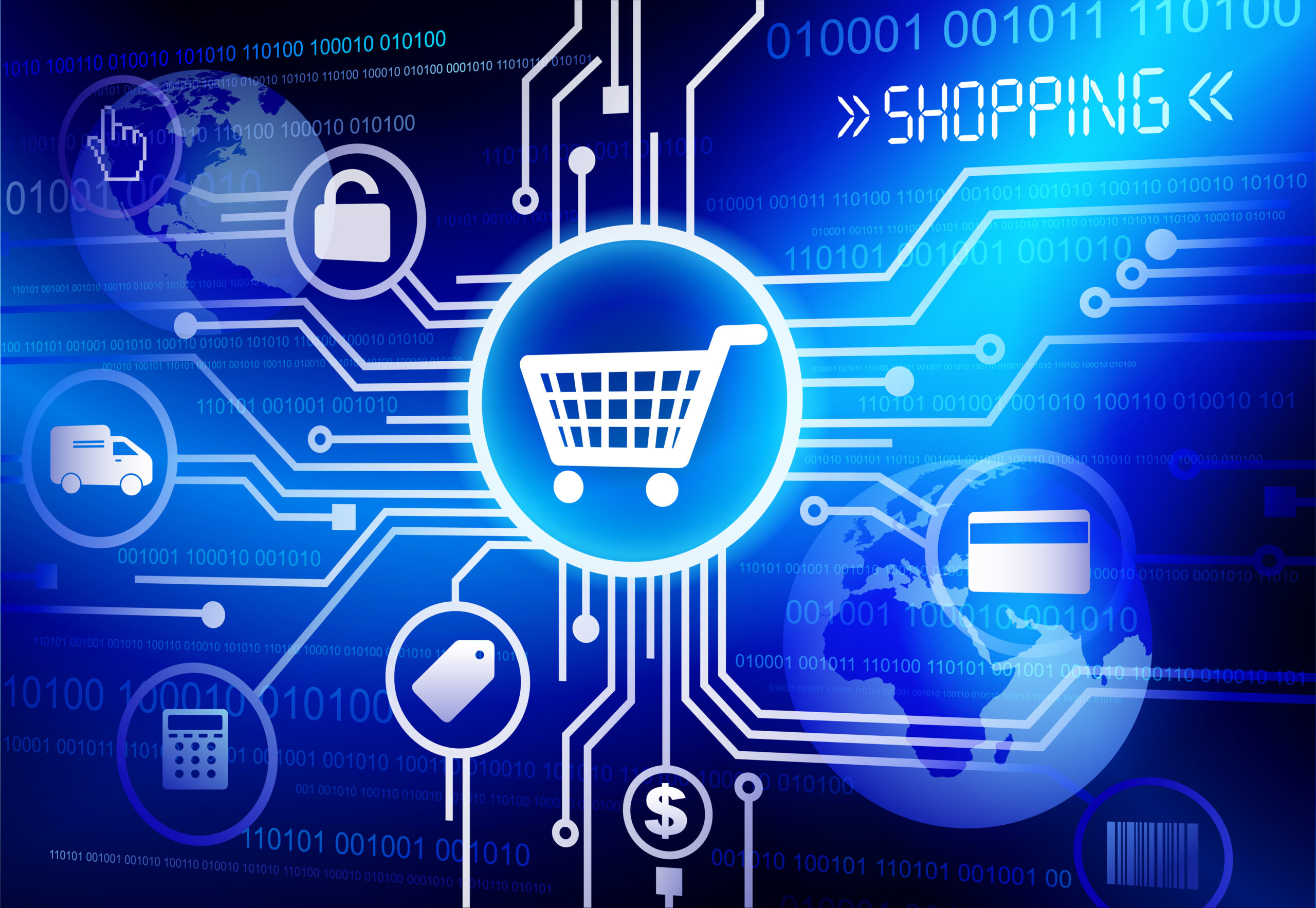April 2, 2025
Shorten the Cycle Between Click and Conversion

Data tells the story. But we turn the story into strategies for successful affiliate programs.
Data is just a set of numbers until it tells us something important about the way customer behavior is changing or reacting to the purchase environment. Last year, 2024, was a complex economic and political landscape that influenced consumer confidence and affected day-to-day spending. The nervous economy, marked by fluctuating consumer attitudes and habits, caused shifts in consumer behavior that was revealed through our data and insights team.
Observations: In 2024, many client affiliate programs were generating a higher number of clicks (traffic, interest) but declining conversion rates. Additionally, the time between a click and an eventual purchase was increasing. Click-to-Action hours (the time it took from click to purchase) increased by over 50% from January to November 2024 across multiple client verticals. This led to questions and doubts about program strategy and execution.
How did this manifest against brand growth aspirations?
- Economy Woes: Economic uncertainty, inflation, and other financial concerns led consumers to vacillate before making purchase decisions, particularly among verticals with higher AOVs.
- Seasonal Financial Planning: In our data, we saw time-to-convert expand in April, around tax season, while time to convert tightened up in May (yielding increased revenue.) Tax returns often fuel increased consumer purchase activity after having delayed larger purchases while recovering from a high spend holiday season, or after they had a better grasp of their tax liabilities as tax season approached.
- Decreased product differentiation and brand loyalty: If consumers are less loyal to specific brands, they may be spending more time comparing product alternatives and discounts – across multiple shopping channels – before purchasing. And brands with more competitors in their landscape tend to have a longer conversion time because there are so many similar products to choose from.
- Decision Distraction or Fatigue: With endless product and price comparison options across social and web-based platforms, decision fatigue can set in. The sheer number of products is overwhelming, meaning consumers require more time to research, compare, and differentiate between options before committing to a purchase. And brands with more competitors in their landscape tend to have a longer conversion time because there are so many similar products to choose from.
Affiliate Marketing Strategies Need to Fill the Gaps
Align different publisher types with the marketing role it needs to fulfill.
Understand the value each publisher type drives for your program in order to focus on closing the gap you see in the customer journey. For example, when there is economic uncertainty, customers are searching for a deal. Coupon/loyalty partners can close the deal when there are economic factors driving price sensitivity, or when decision confusion needs a price nudge to compel a purchase in the moment.
Content affiliate programs are about brand-building and awareness which can warm up a customer pipeline in advance of a high volume season. Our FUSE Incrementality™ data shows that 73% of clients’ had a Coupon/Deal partner with the best incrementality score across their program.
Redefine “seasonal opportunity”
Instead of swimming upstream through highly competitive, promotional shopping days, fill the gaps with affiliate placements contraseasonally when you require efforts to sustain sales over slow periods. Seasonal businesses need to support an affiliate investment that maps to seasonal businesses, and typically high volume periods like the Christmas season are opportunities for many brands.
But, there may be other nominally slow periods that provide competitive opportunities for growth beyond Black Friday and Cyber Monday. Testing new partnerships and alternative deal approaches off season can give your business a boost while everyone else is at the beach.
Keep earning brand loyalty
Consumers are no longer loyal for the sake of being loyal. With popular markets and social channels are saturated with many options for consumers, differentiating yourself to your existing customer base can help you to increase lifetime value.
Consider promoting your philanthropic efforts, giving freemiums to existing customers, and engaging your consumer base with what matters to you as a brand to inspire them to keep spending with you, instead of one of the other many vendors that could earn their dollar. Prioritize work with your influencer affiliate base to ensure this type of content is created and supported. Additionally, if you aren’t already, look to track new versus returning customers, to understand how customer status can influence the speed of conversion and boost retention.
We recently observed an advertiser who quickly captured an unexpected share of voice with a charitable giving program. In January, Advertiser 2’s Referral Traffic Share suddenly spiked, coinciding with their support of victims of the California wildfires, inspiring existing customers to engage with the brand “off cycle.”
Reactivate customers who didn’t convert
Our FUSE Incrementality™ tech can rate which publishers have a high customer reactivation score. This score shows which publishers brought in customers with intent who then fell out of the conversion funnel. Our data shows that Buy Now, Pay Later (BNPL), Email Marketing, and Search publishers typically have high reactivation scores and can be added to support the strategy of bringing the consumer back into the shopping funnel by retargeting them.
Total Average is inclusive of top performers and other publisher types.
Conclusion:
Reducing the time between click and conversion is crucial for maximizing affiliate marketing success. By leveraging real-time data insights and aligning affiliate strategies with consumer engagement, brands can drive efficiency, shorten conversion cycles, and improve revenue growth, even in uncertain economic conditions. Implementing targeted optimizations in publisher partnerships, seasonal planning, brand loyalty initiatives, and reactivation strategies ensures sustained engagement and long-term customer retention. Adaptability and data-driven decision-making will be key to staying ahead in an ever-changing marketplace.
Read the SideShow Case Study here to learn more about how PartnerCentric uses its tech to drive growth for brands.
Ready for better?
Get In Touch